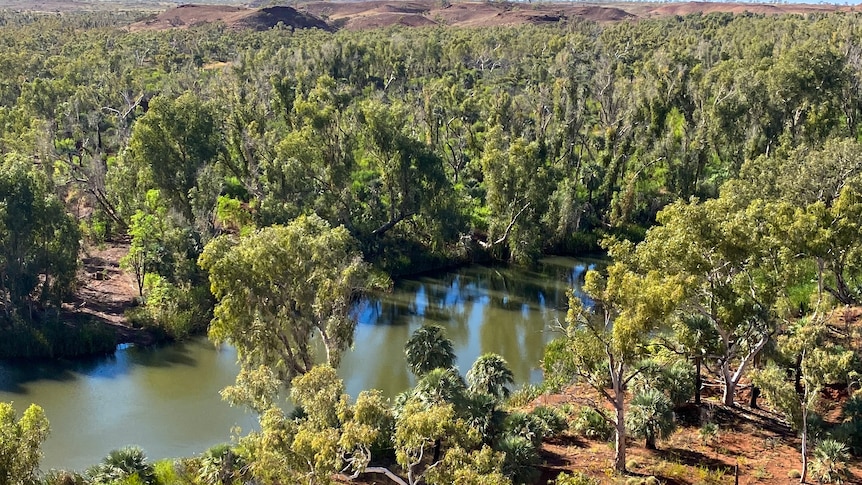Copyright abc

Western Australia's Environmental Protection Authority (EPA) will investigate water usage in the West Pilbara amid concerns vital groundwater sources in the mining-dominated region are being depleted. WA Environment Minister Matthew Swinbourn has asked the EPA to advise the government on the Millstream aquifer's current and future water demands, and provide advice on any regulatory gaps it identifies. Traditional owners and pastoralists have criticised Australia's biggest mining companies for taking too much from groundwater sources in the iron-ore heartland in recent months. The aquifer, 100 kilometres south of Karratha, is a significant cultural site for the Yindjibarndi people and supplies water to Karratha, Dampier, Roebourne, Wickham, Point Samson, Cape Lambert and the Burrup Peninsula. Mr Swinbourn told ABC Radio Perth the decision came after numerous concerns were raised by traditional owners. Mr Swinbourn said the report should be completed in 12 months, and its findings could change how water was used. "It will give everyone a much bigger picture of what's going on up there, and I think everybody will be in a better position to know how we can sustainably use water," he said. The WA government said climate patterns were putting pressure on ecosystems due to a lack of rainfall, leading to reduced aquifer recharge. Yindjibarndi Aboriginal Corporation chief executive Michael Woodley said his elders had been concerned about Millstream and must be involved in the decision-making of future abstraction. "It's regarded as the capital to the Yindjibarndi nation, so it's very sacred and significant," Mr Woodley said. Mr Woodley said the EPA advice would be a "good start" to creating a clear management plan. He said the best outcome would ultimately be protecting Millstream. Problem across whole Pilbara The focus of the EPA investigation will be the Millstream ecosystem, particularly the vegetation at the Millstream Chichester National Park and the Millstream pools. But Kariyarra elder Pat Mason, who has been vocal about the water impacting residents in Port Hedland, said the scope was too narrow and should involve the East Pilbara too. "It's not only about Millstream … it's every tribe that's got a cultural significant connection to their springs and waterways," she said. "We can't go and fish and hunt now because all our water is getting drained up and used for mining." EPA chair Darren Walsh said the report would also consider Water Corporation studies and monitoring that underpinned decisions regarding water abstraction. He said traditional owners, local communities, industry, local stakeholders and the Department of Water and Environmental Regulation would be engaged throughout the review.



